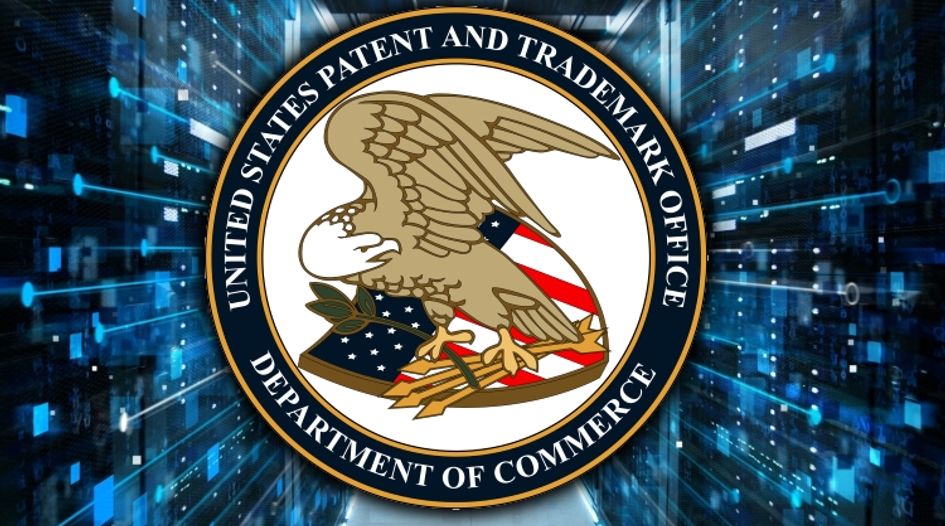USPTO seeks federal trademark registration to help tackle “growing problem” of filing scams

- Department of Commerce files trademark applications for USPTO name and logo
- Move follows “rapid increase in sophistication” of scams targeting USPTO users
- US trademark commissioner admits “it’s never too late to do the right thing”
The USPTO has tapped the US Department of Commerce to file for federal protection of the IP agency’s trademarks, including its name and logo. In announcing the move, US trademark commissioner David Gooder claimed it was necessary “in light of the rapid increase in sophistication of those unlawfully passing themselves off as the USPTO”.
Earlier this week, WTR reported on calls for the USPTO to “protect its own brand in the fight against fraud and scams”. That plea followed a dramatic rise in suspected fraudulent trademark filing agencies, especially from entities that appear to be based in Pakistan. A crucial first step, claimed experts at law firm Leason Ellis, was the USPTO obtaining registered trademark protection. “This is a lost opportunity in protecting against fraudulent misuse of the name,” said partner Peter Sloane and associate Matt Frisbee. “At present, it leaves the USPTO with only unregistered common law rights.”
Today, the USPTO announced that the Department of Commerce has taken an “important step to protect trademark customers” by filing for federal registration of the USPTO marks. It is understood the applications were filed yesterday for the terms ‘USPTO’ (90865893) and ‘UNITED STATES PATENT AND TRADEMARK OFFICE’ (90866020) and two designs/logos (90866032 and 90866054)
The primary reason for the move, says US trademark commissioner David Gooder, is that such protection will help the agency “take appropriate legal action as needed to protect the USPTO brand from improper use by those trying to impersonate or falsely claim affiliation or endorsement with the USPTO”. It follows, he adds, “a growing problem” of misleading solicitations and trademark filing scams, and especially “more sophisticated enterprises entering the space”. Indeed, some of the Pakistan-based entities that WTR has reported on allegedly operate hundreds of websites and rake in millions of dollars a month through aggressive up-selling of logo services and the forging of USPTO certificates.
Of course, this move is an unusual one – a fact that Gooder acknowledges. “We recognize the intrigue and irony of filing for federal registration of the USPTO marks with the USPTO,” he says. “It’s a big reason why the Department of Commerce is filing the application on our behalf, just as it has for its other bureaus. As for the process, the USPTO trademark examining attorney will examine the application as he or she does any application, and make his or her own determination.”
Interestingly, the USPTO is relatively late to the game when it comes to protecting its own brand. Various branches of the US military have already secured trademark protection in their names and logos, and so too have US government agencies including the Internal Revenue Service, the Environmental Protection Agency, the Food and Drug Administration, and the National Aeronautics and Space Administration (NASA). For his part, Gooder suggests “it’s never too late to do the right thing” and claims that the additional legal protections are required now due to “the rapid increase in sophistication of those unlawfully passing themselves off as the USPTO”.
Responding to today’s announcement, legal expert Peter Sloane from Leason Ellis said he is “very pleased” with the move, adding: “Even apart from the role of registration in fighting trademark scammers, it is as much a matter of practicing what one preaches. There was a certain irony in the agency vested with registering marks used in commerce not protecting its own.”
Furthermore, he says obtaining such registered protection could be “instrumental in the fight against trademark scammers”, especially when it comes to “convincing domain name registrars and hosts to take down the scammers’ websites and in requesting removal of their posts on social media platforms”. A key question looking ahead, though, is whether a US registration will be enough – or if registration in other jurisdictions could also be helpful in the battle against (often foreign-based) scammers. “I am inclined to think that the most effective way to deal with scammers abroad is for the US government to use diplomatic channels to impress upon other governments to combat fraud in whatever its guise and for the Department of Justice to work with its local counterparts in sharing information and encouraging action,” Sloane opines. “Either way, the role of the USPTO is to cheerlead and coordinate such efforts – and obtaining its own registrations could be good fodder for announcing the news and pressing its case to others.”
Based on current timing estimates, it could be six months before the USPTO trademark applications receive a first office action. Looking ahead, Sloane urges commissioner Gooder to “advocate for the Department of Justice to take legal action” against fraudulent websites – and points to a recent case that could be a model to follow. “I recently observed that the US government just filed an in rem action for cybersquatting under the federal Anti-Cybersquatting Consumer Protection Act against the domain name ‘gibill.com’,” he notes. “I wondered whether there was any reason why the Department of Justice can’t bring such actions against domain names which violate the rights of the USPTO (eg, ‘pto-us.us’ and ‘usptotrademarks.com’).”
Today’s announcement proves again that the USPTO is taking the threat of fraud and scams against its users seriously. Therefore, further action is expected in the weeks and months ahead.


